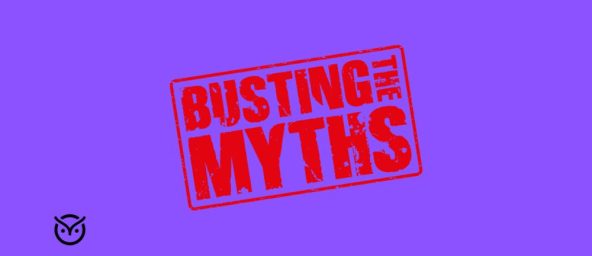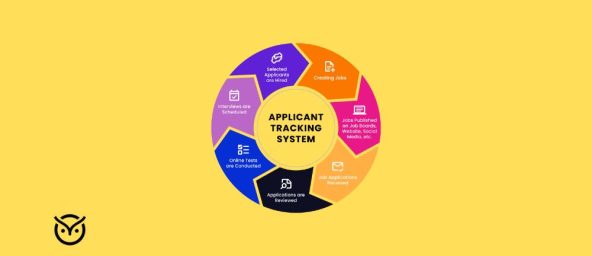
TL;DR
- Workforce planning and analytics improve hiring by reducing guesswork
- Data from past hires can predict future needs and avoid skill gaps
- Better accuracy saves time, cost, and boosts hiring quality
- Recruiters and candidates both benefit when matches are more precise
- Use a model, measure, and iterate to make analytics & planning work
Every time a company posts a job and fills it, there’s a hidden risk: maybe the person won’t match the role, leave early, or slow things down. Hiring the wrong costs money, disrupts teams, and hurts morale. That risk comes from gaps in planning and poor insight. Without a workforce planning and analytics approach, recruiting tends to lean on gut feeling, incomplete data, or wishful thinking.
What if you could anticipate what your team needs next, who you should hire when, and what skills will be in demand? With data-driven workforce planning, you build a model that aligns staff supply and demand. Adding a workforce analysis process and data analytics for workplace insights makes recruitment smarter. The result: you reduce waste, improve match quality, and build stronger teams faster.
What Role Do Analytics Play in Recruitment?

Analytics help recruiters see hiring in sharper focus. They highlight things that are easy to overlook, such as which channels bring in the best talent, what qualities tend to drive success, and where the hiring process slows down. This shifts decisions away from guesswork and toward choices backed by real evidence.
- Types of workforce analytics include descriptive (what happened), diagnostic (why it happened), predictive (what might happen), and prescriptive (what you could do).
- “Analytics workforce” tools can show you time-to-hire, quality-of-hire, turnover risks, and candidate fit metrics.
- Predictive workforce monitoring (e.g., forecasting who might leave, which roles will be needed) helps avoid gaps before they hurt operations.
A recent report shows firms using workforce data analytics improve HR operations by 30% and cut recruitment costs by up to 20%.
What Role Do Analytics Play in Recruitment?
Which channel do you think delivered the most quality hires?
Why Recruitment Accuracy Matters
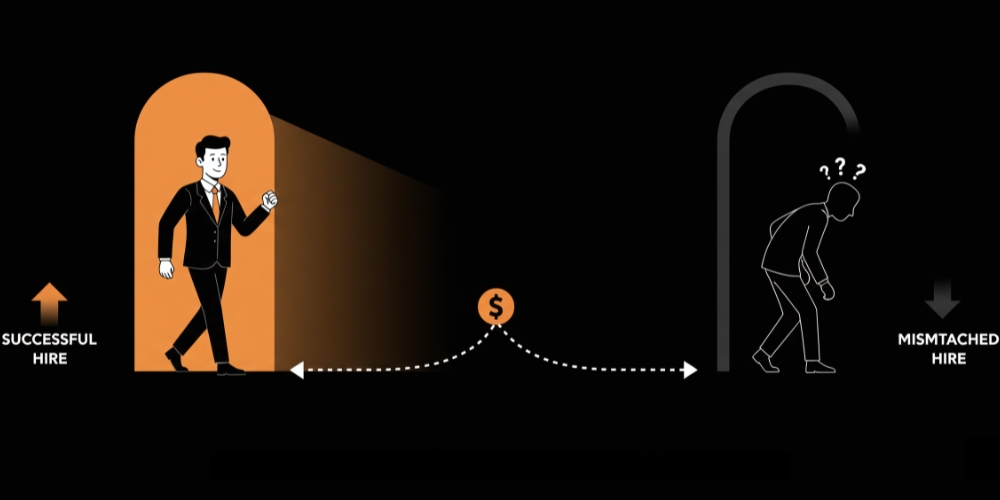
Getting the right person in the right job is more than just “nice” because it shapes a company’s bottom line and culture. Here’s why:
- Wrong hires cost between 30-50% of the employee’s first year’s salary (lost time, training, lost productivity)
- Poor-fit employees tend to leave early, increasing turnover and destabilizing teams
- Mis-hiring creates ripple effects: other team members do extra work, morale drops, and brand reputation suffers
- From the candidate side: mismatches lead to dissatisfaction, underperformance, or quitting
Better recruitment accuracy means fewer mistakes, lower cost per hire, faster role fulfilment, and better long-term performance.
Why Recruitment Accuracy Matters
Enter an annual salary to see how much a bad hire could cost your company.
How Workforce Planning Improves Recruitment Accuracy
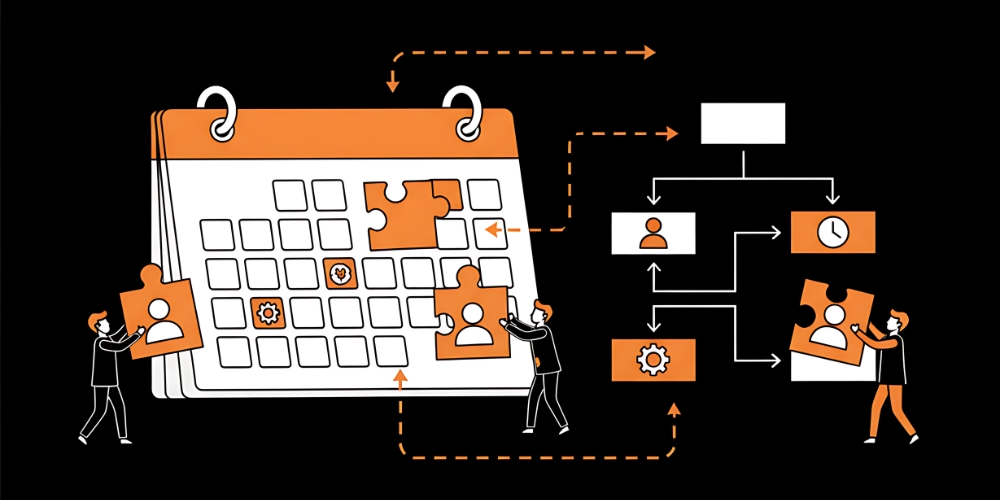
Workforce planning offers structure. It’s the scaffold that supports better hiring. When done right, it improves recruitment accuracy in several ways.
Forecasting Supply & Demand
By comparing current staffing levels, expected departures, retirements, new product or market expansion, you can forecast how many people and what skills will be needed. This avoids scrambling when a role suddenly opens.
Identifying Skill Gaps Early
When you map out what your workforce can do now vs what you will need, you highlight gaps. That might lead to training internally or hiring proactively rather than reactive hiring. That decreases the mismatch.
Improving Role Definition & Hiring Timing
Workforce planning forces you to define roles clearly and decide when to hire. Rather than posting immediately when someone resigns, you see if you can reassign work, use interim resources, or delay the hire. This leads to more precise job descriptions, better sourcing, and fewer overtime or rushed wrong decisions.
Aligning Budget with Hiring Strategy
Planning helps you see cost implications: how many new hires, what salary ranges, and training needs. That financial foresight means you avoid over-hiring or under-budgeting, which both reduce accuracy (one by lowering standards, the other by compromising quality).
Scenario & Contingency Plans
Good workforce planning includes “what if” scenarios. What if turnover spikes 20%? What if a new competitor lures your talent? These scenarios help you build buffers or alternative plans. That preparedness improves recruitment accuracy because decisions are calmer and informed.
How Analytics Improves Recruitment Accuracy
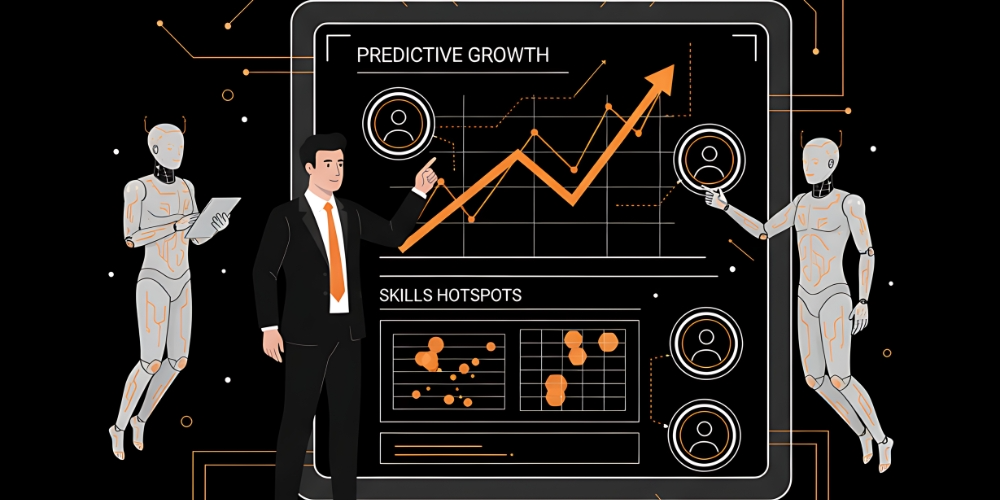
Analytics turn workforce planning from rough sketches into something you can measure and track. With the right tools in place, hiring decisions become far more precise.
Predictive Insights
Using data analytics for workplace insights, HR can forecast which candidates are most likely to succeed based on past performance data. This is where a workforce planning model shines, as it links skills, roles, and expected outcomes to reduce mismatches.
Improved Sourcing Decisions
Recruiters can see which platforms or campaigns attract the highest-performing candidates. That means less wasted ad spend and fewer low-quality applicants clogging the funnel. This shift is what people call data-driven recruitment.
Faster Screening with Context
Analytics reveal patterns in resumes, test results, or assessments. Instead of guessing, recruiters use workforce management analytics to make side-by-side comparisons of candidates.
Candidate Experience Monitoring
By tracking engagement and feedback, HR can improve candidate experience. Tools powered by AI hiring trends already analyze tone, response time, and offer acceptance likelihood.
How Analytics Improves Recruitment Accuracy
Choose what you’d do first. Then see how predictive workforce monitoring changes the outcome.
Benefits for Recruiters and Employers
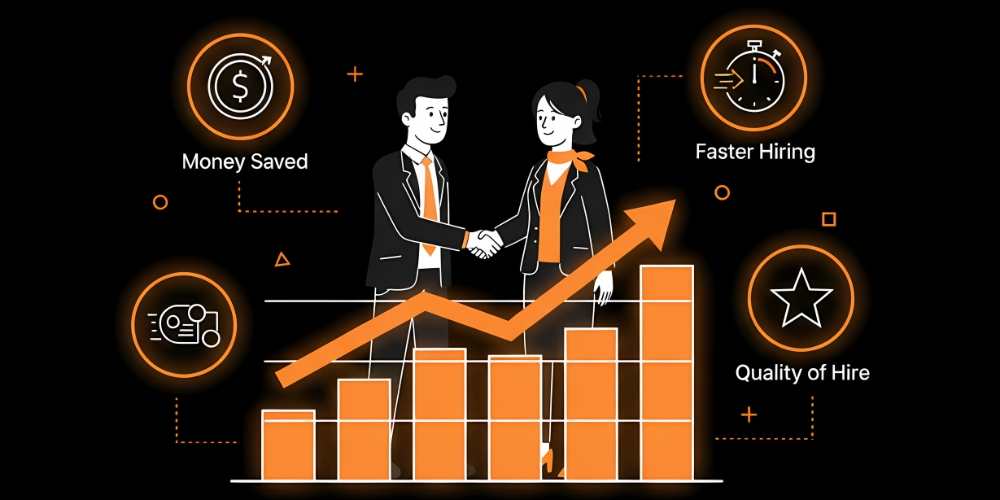
Recruiters are building long-term value. The advantages of workforce planning and analytics for employers include:
- Reduced Hiring Costs: Better targeting and planning mean fewer bad hires and lower turnover.
- Higher Quality of Hire: Matching candidate skills with role demands leads to improved job performance.
- Strategic Workforce Pipeline: Predict future roles and skills before they’re critical.
- Compliance & Reporting: Analytics improve transparency and meet growing demands for evidence-based HR practices.
Some workforce analytics examples in practice include tracking offer acceptance rates, monitoring retention, or predicting career progression. By embedding these into the talent acquisition process, recruiters stop reacting and start leading.
Benefits for Employees
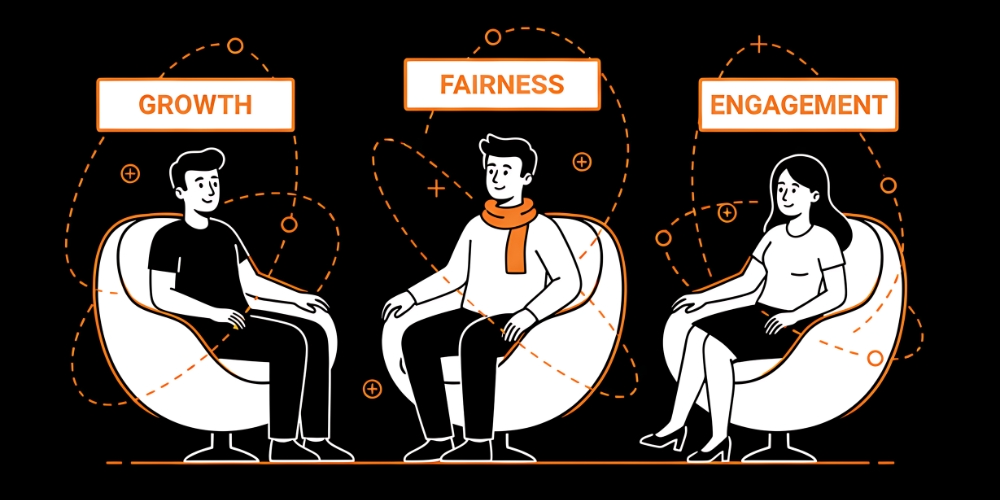
Accuracy in hiring isn’t just good for the company, but employees benefit from it too.
- Better Role Fit: Candidates land in positions that match their skills and ambitions.
- Career Development: Workforce planning often identifies training opportunities, so employees grow rather than stagnate.
- Higher Engagement: When people feel matched to roles and recognized for their skills, satisfaction improves.
- Fairness: Using analytics reduces unconscious bias, creating a more level playing field.
Best Practices for Workforce Planning + Recruitment Analytics
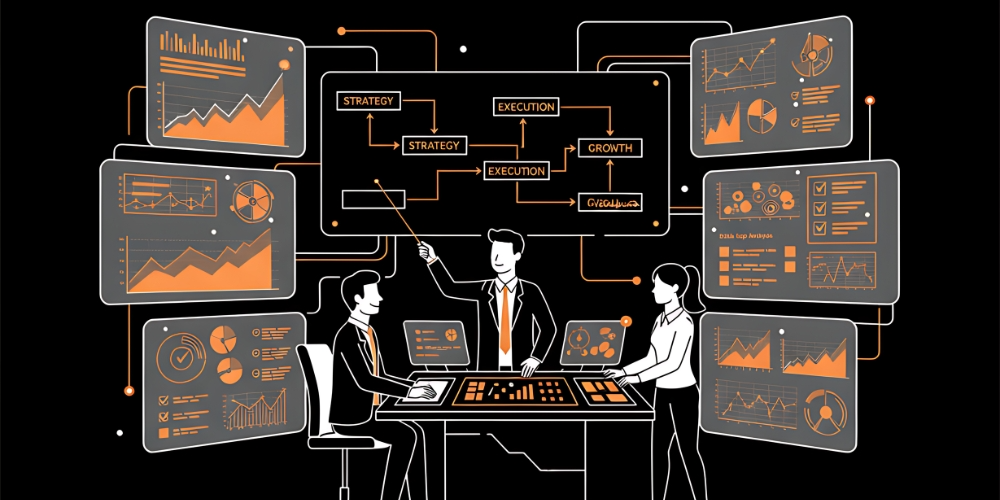
To make planning and analytics effective, HR leaders need practical habits. These best practices turn theory into results:
- Build a Clear Workforce Analysis Process
Document every step from data collection to reporting. This makes analysis repeatable and reliable.
- Invest in the Right Tools
Modern platforms offer predictive workforce monitoring, skill-gap detection, and scenario modeling. Examples include tools that use advanced planning analytics to project labor demand.
- Use Both Internal and External Data
Combine staff performance data with labor market insights. This holistic view avoids blind spots.
- Keep the Human Factor
Numbers tell you a lot, but context matters. Balance analytics with recruiter expertise and manager input.
- Review and Update Regularly
Workforce planning is not one-time. Review quarterly or annually to adapt to market and organizational changes.
Conclusion
Hiring with accuracy is no longer a luxury. It’s a necessity. Workforce planning and analytics reduce the risk of wrong hires, help employers prepare for change, and give employees better experiences. With the right planning, data, and balance of human judgment, recruitment stops being guesswork and becomes a growth engine for organizations.
FAQs — Workforce Planning and Analytics
Click a question to view the answer.

